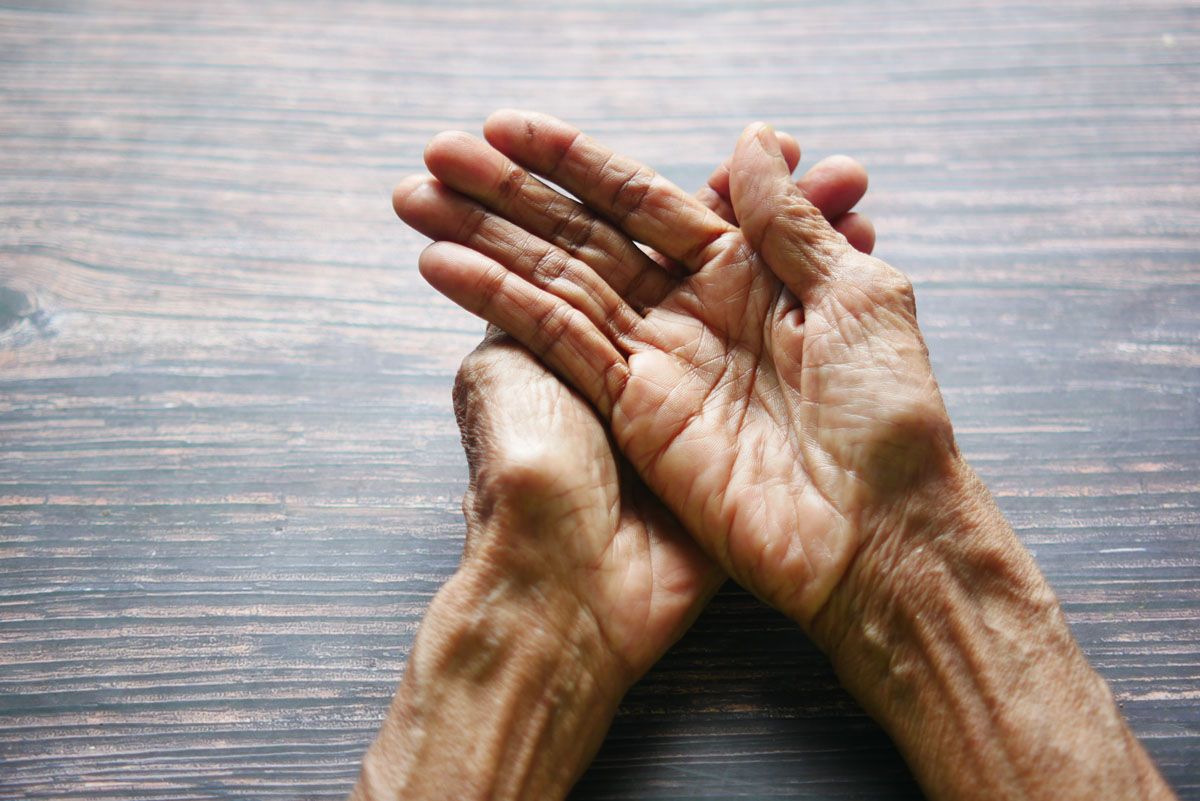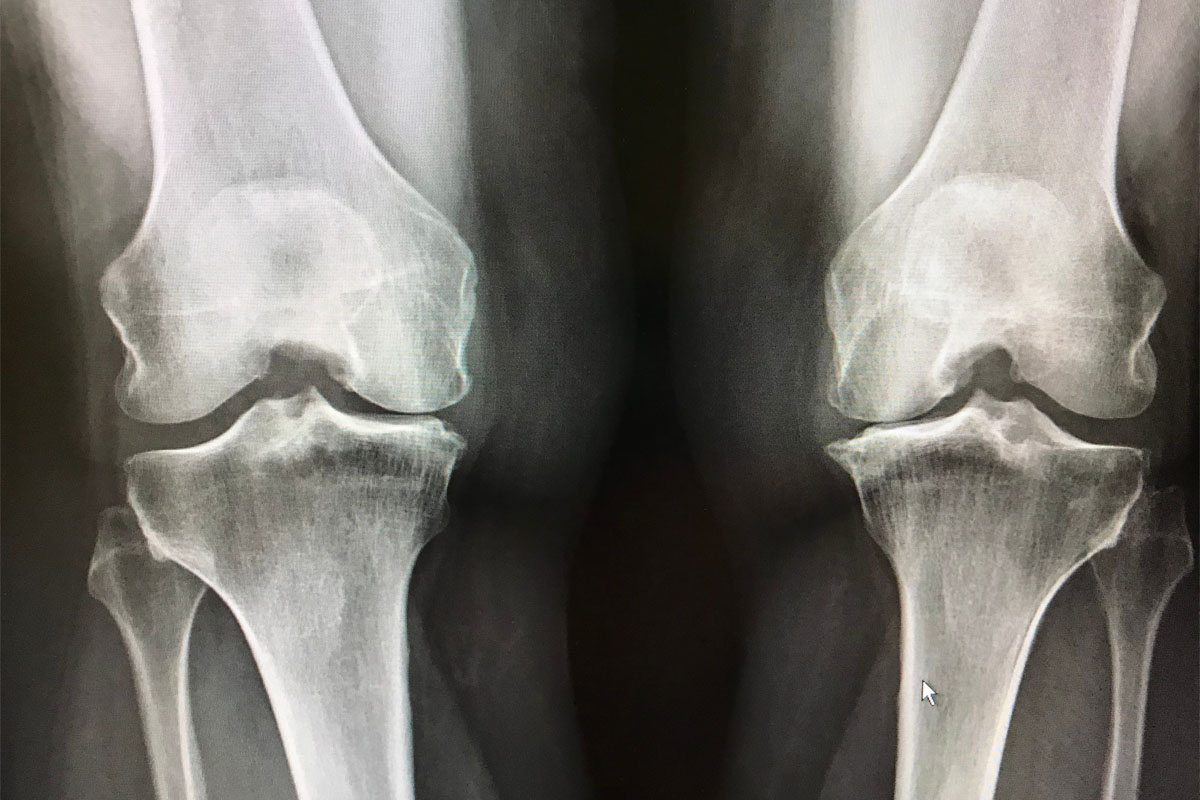
What Is Infectious Arthritis?
Infectious arthritis is a type of arthritis brought on by an infection in the joint. It is also known as septic arthritis. As the name suggests, infectious arthritis is not contagious.
In another type of arthritis, referred to as reactive arthritis, is an infection in another party of the body – usually the genitals, intestines or urinary tract – causing an inflammatory reaction in the joints. Unlike septic arthritis, the infection on its own is not existent in the joint. Various types of systemic infections may also have joint symptoms or can set off arthritis, but like reactive arthritis the joint isn’t infected.
Causes Of Infectious Arthritis
Almost all types of infectious arthritis are caused by germs or bacteria. The most common types of these infections are Staphylococcus aureus (staph infection), a type of bacteria that can live on even healthy skin. Infectious arthritis can also be brought on by viral or fungal infections.
In some cases, infectious arthritis starts developing when an infection elsewhere in the body passes through the bloodstream to the joint. Less common, the infection starts to enter the joint directly, maybe through a laceration or surgery on or close to the joint.
Symptoms Of Infectious Arthritis
The most typical symptoms of infectious arthritis are excessive swelling and intense pain, usually in just a single joint. About half of all circumstances, infectious arthritis can affect the knee, but hips, ankles and wrists can also be affected. Even less common, infectious arthritis involves more than one joint.
Joint pain and swelling may be followed by other symptoms of infection, among other things, fever and chills.
Diagnosing Infectious Arthritis
The diagnosis of infectious arthritis will comprise of a complete medical background, physical examination and lab tests. Examining a sampling of joint fluid can help find out what organism is causing the infection and help the doctor plan treatment accordingly. X-rays and other imaging tests of the involved joint also may be ordered to determine any damage to the joint.
Treatment For Infectious Arthritis
Medical care will depend on the kind of germ or bacteria that is causing the infection. Bacterial infections are mostly treated with antibiotics. The type of antibiotic the doctor will use; depends on the bacterium that is causing the infection. Antibiotics may be taken by mouth or given intravenously injection. Antibiotics usually will stop the infection in from a few days to a few weeks, but in some cases, they must be given over a couple of months.
Infectious arthritis caused by a fungus can be difficult to treat, often needing several months of antifungal medication and, occasionally surgery to clear away the affected tissue. Infectious arthritis caused by a virus, usually goes away by itself with no definitive treatment.
Treatment may also be needed to relieve pain and ease inflammation of infectious arthritis. In some cases, the doctor may empty the infected joint by inserting a needle into it and withdrawing fluid.
Infectious Arthritis Self-Care
Added to the treatments prescribed by the doctor, it is important to take it easy and take care of the inflamed joints. After the infection is gone, moderate exercise is helpful by strengthening muscle to re-enforce the joint and increase range of motion.
Who Is At Risk For Infectious Arthritis?
Young children and the elderly are most likely to become infected with septic arthritis. People with open wounds are also venerable for septic arthritis. In addition, people with a weaker immune system and those with pre-existing disease or illness, also have a higher risk of developing infectious arthritis. Also, already damaged joints have a greater chance of becoming infected.
Infectious Arthritis Risk Factors
A number of factors increase the risk of contracting the condition, including:
- Pre-existing joint issues, such as other kinds of arthritis
- Open wounds
- Intravenous drug use
- Diabetes
- A weak immune system
- Sharing needles
- An infection somewhere else in the body
- Too much alcohol use can weaken the immune system
Summary Of Infectious Arthritis
- Infectious arthritis is a type of arthritis that is triggered by bacteria, viruses or fungi.
- Various types of infections can cause joint inflammation. This form of arthritis is mostly curable.
- If the infection is detected and treated early, there is normally no permanent joint damage. If the infection is not treated fast enough, lasting joint damage may result. Bacterial and fungal infections are generally treated with medication. A viral infection in most cases will go away on its own.
- Often people with infectious arthritis are capable to resume their usual activities once the infection is no longer present
Is It Possible To Prevent Infectious Arthritis?
Yes, it is possible to prevent infectious arthritis by staying away from infections and preventing damage to the skin.
Chaparral Winds Offers The Finest Retirement Living In Surprise, Arizona
Chaparral Winds is a retirement facility in Surprise, Arizona offering assisted living, independent living, and memory care services. For more information about our senior living facility, SLS Communities or to schedule a tour, please call us today at 623-343-4125.




